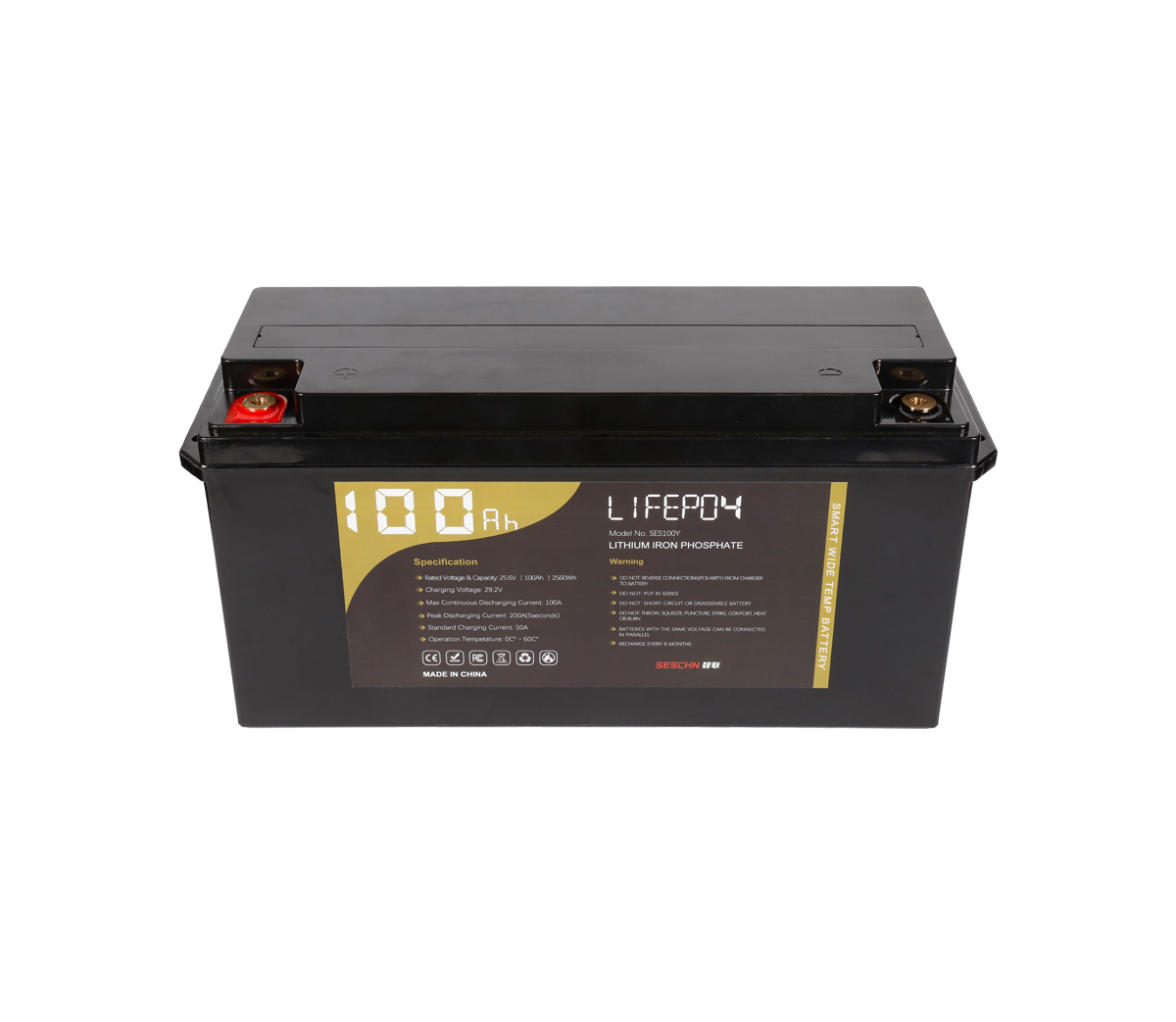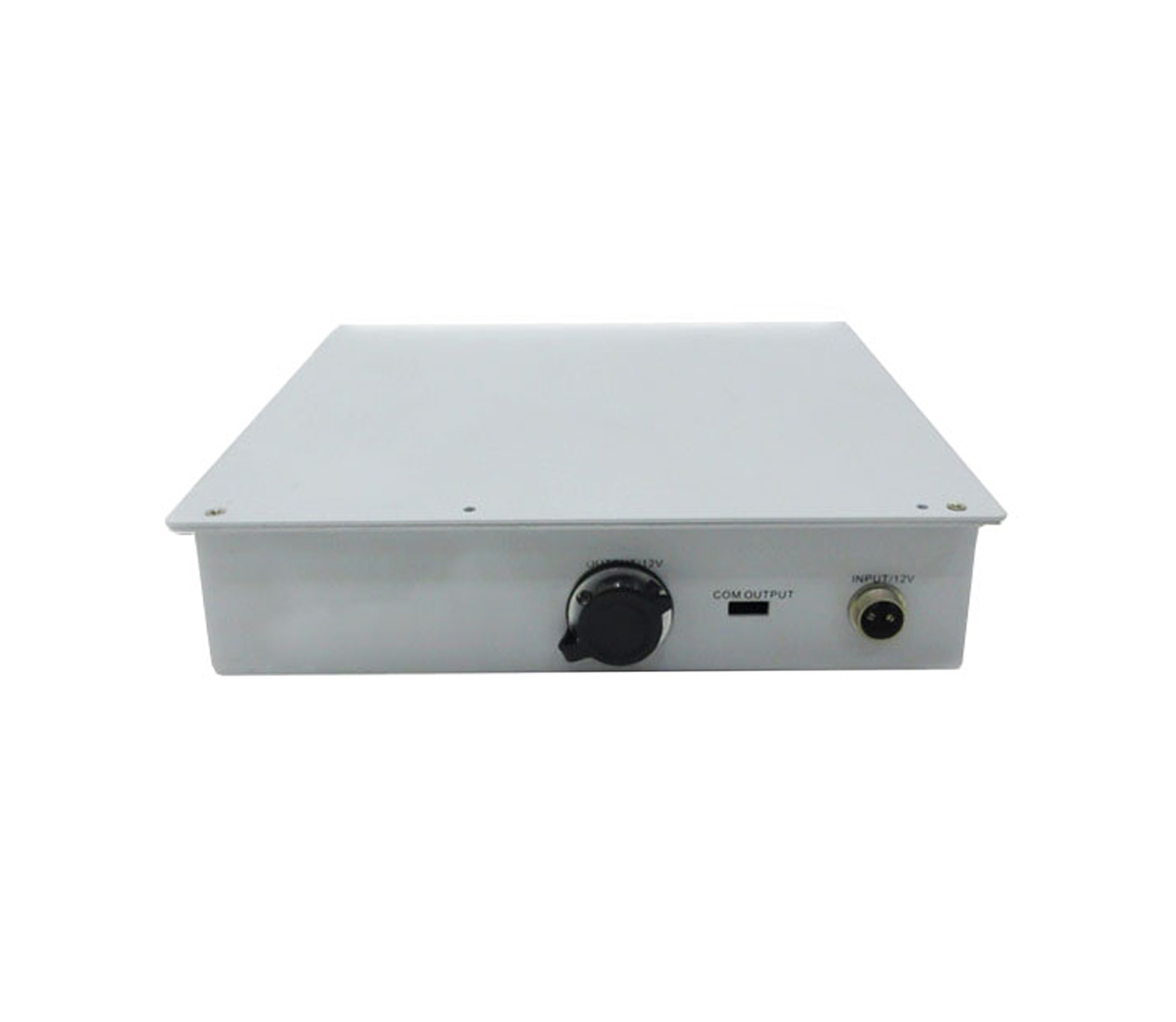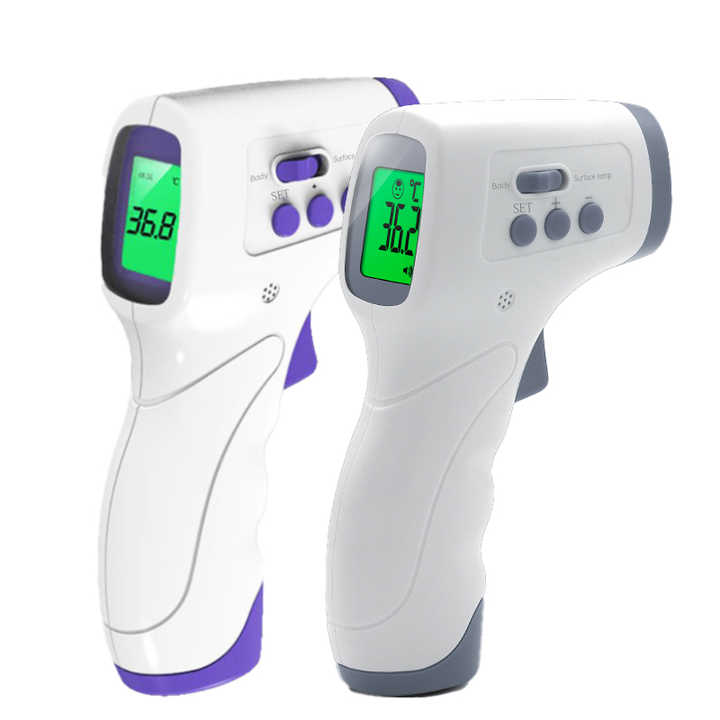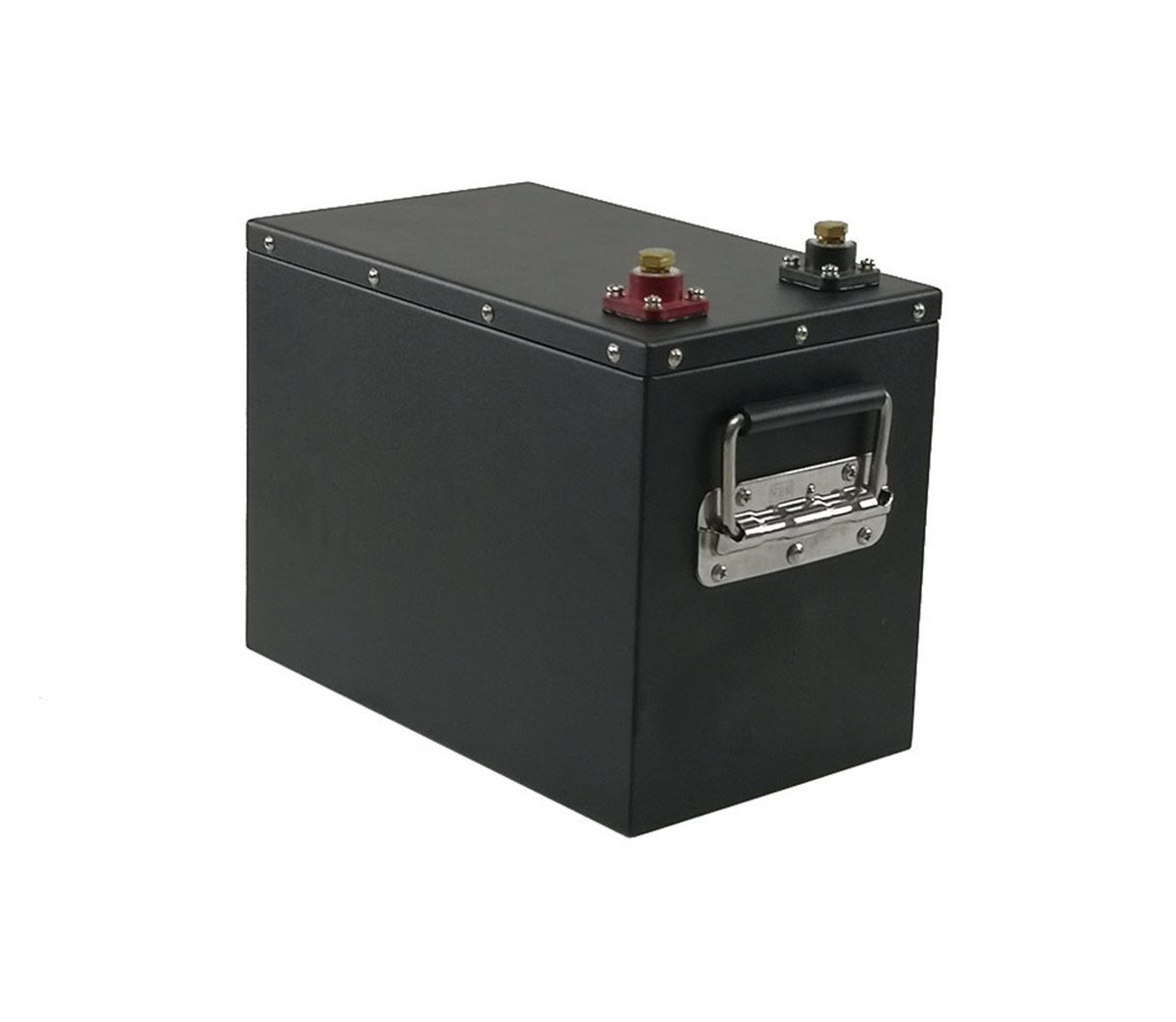
This article takes the ternary battery as an example. According to the
three packaging systems of square shell, cylinder and soft package, referring to
the views of some characters, without satellites, the current technology level
of domestic power battery companies is analyzed based on energy density.
This article takes the ternary battery as an example. According to the
three packaging systems of square shell, cylinder and soft package, referring to
the views of some characters, without satellites, it analyzes the current
technical level of domestic power battery companies based on energy density.
Cube shell: Ningde era and BYD may not lag behind
Official data show that the energy density of square shell cells in the
Ningde era has reached 240Wh/kg. The technical plan is to increase the cell
energy density to 300Wh/kg by 2020.
While increasing the energy density through the 811 ternary positive
electrode + silicon/carbon hybrid negative electrode, the cycle, high
temperature performance, cost, safety, etc. must be sacrificed, and the
production process and environmental requirements are relatively harsh. People
familiar with the matter revealed to the First Electric Network that the energy
density of the square shell batteries supplied in large quantities in 2017 from
CATL is between 190-210Wh/kg, and it is likely to increase to 210-230Wh/kg in
2018.
And BYD insiders broke the news that the energy density of BYD's mass
production of batteries at this stage is 220Wh/kg, and the goal is to achieve
300Wh/kg by 2020. Today, BYD’s total power battery capacity is 16GWh, of which
lithium iron phosphate batteries account for 9GWh, and ternary lithium batteries
account for 7GWh.
Internationally, square shell batteries are also the main products of
Samsung SDI. In 2017, Samsung SDI Co., Ltd. Deputy President Zheng Shixiong
publicly stated that the energy density of Samsung SDI power batteries is
currently 250Wh/kg and is expected to reach the target of 350Wh/kg in 2023.
Perhaps in 2017, Samsung has indeed achieved mass production of 250Wh/kg square
shell batteries, but it is estimated that NCA ternary cathode materials may be
used.
There are many types of square-shell batteries. According to customer
requirements, battery companies can customize in terms of capacity, shape and
size. Taking into account the difference in the formulation of the positive and
negative materials, the energy density between the square shell cells of the
same specification is more comparable. The gap between leading domestic and
foreign square-shell power battery companies in terms of cell energy density may
be very small. Perhaps from the perspective of this technical condition alone,
China may not lag far behind.
Cylinder: Can Piccolo surpass Panasonic?
As one of the few domestic companies that focus on cylindrical power
batteries, BAK stated that its 2.75Ah power battery cell (18650) energy density
has reached 240Wh/Kg, and plans to achieve 300Wh/kg in 2020.
At the same time, BAK is also committed to the development of a high-energy
ratio 21700 cylinder, which is expected to achieve mass production in 2018.
BAK’s two major production bases in Shenzhen and Zhengzhou have a total
annual production capacity of 8GWh; in 2018, the production capacity will be
expanded to 12GWh; it is expected that by 2020, BAK’s total annual production
capacity will reach 20GWh.
According to the information released by Tesla in 2017, the energy density
of Panasonic's mass-produced NCA18650 cylindrical power battery is about
250Wh/kg, while the energy density of 21700 has reached 300Wh/kg. If BAK can
mass produce 21700 cylindrical batteries in 2018, its energy density can surpass
Panasonic's level in 2017, nearly 8% higher.
Is this true? In 2018, Panasonic has not publicly announced the latest
commercialization technology progress. If BAK can achieve mass production of
324Wh/kg cylindrical batteries in 2018, then this may become the world's energy
The highest density mass-produced power battery.
Soft bag: Maybe more scientific research significance
Soft pack, compared with hard shell (square shell, cylinder), is a common
packaging method for batteries, so it is commensurate with the parallel of
cylinder and square.
The energy density of 's mass-produced soft-pack batteries has reached
230Wh/kg/kg, and products with 250-260Wh/kg will be launched by the end of 2018.
The current capacity of soft pack power batteries is 2.5GWh~3GWh, and it will be
expanded to about 8GWh in 2019. All the new capacity will be ternary soft pack
routes.
Carnegie New Energy currently mass-produces and supplies battery cells with
an energy density of 220Wh/kg, and the products in 2018 will reach 250Wh/kg. As
of the end of 2017, Carnegie's total production capacity was 2GWh and will be
expanded to 6GWh by the end of 2018.
Guoxuan Hi-Tech also disclosed in the record of investor relations
activities that the company is progressing smoothly before undertaking the
300Wh/kg high-energy density major technology project of the Ministry of Science
and Technology. It has developed a three-yuan 811 soft-pack battery cell with an
energy density of 302Wh/kg. The construction of pilot lines for related products
has begun, and it is planned to start construction of production lines in
2019.
Tian Shuo, general manager of Beijing Keyi Power Technology Co., Ltd.,
analyzed that the enterprise undertaking the research of the major special power
battery cell project of the Ministry of Science and Technology chose the ternary
soft package for its own reasons. "To complete a 300Wh/kg battery cell, it must
be easier to pack a battery than a square case."
The mechanical strength of the soft-packed batteries is poor, and the team
process and thermal management matching requirements are relatively high, which
is a certain challenge for the BMS design of the vehicle enterprise. Moreover,
some core components have not yet been made in China, but with the maturity of
the industrial chain, the prospect of large-scale localization must be
expected.
It’s easier to release satellites than to do real things
Although all major battery companies have their own main products, in terms
of research and development, companies will have different degrees of
involvement in the three different systems of square shell, cylindrical and soft
pack batteries. No one will hang on a tree. Perhaps the market at this stage
determines the types of products that business owners push, but in the long run,
there will not be a single technical route.
In today's power battery industry, news such as capital injection,
corporate mergers and acquisitions are constantly emerging, and various battery
concepts and laboratory breakthroughs continue one after another. News such as
"Charge 800km in 1 minute" frequently scans the screen. Regarding technology
aside from commercialization, it is a rogue. Each technical route has its own
advantages and disadvantages. In the end, it is the enterprise's own ability,
market selection, and product talk.



































